Key Takeaways
- Worker placement is a popular board gaming genre focused on placing pieces to activate abilities.
- Games like Anachrony, Viticulture, and Everdell showcase the best in worker placement mechanics.
- Designers constantly innovate on worker placement systems, offering varying themes and complexities.
Worker placement is one of the foremost genres in board gaming, used as a descriptive term for games built around the mechanic. For those who don’t know, it refers to any game where a player places one of their pieces onto a board to activate a particular ability. The exact origins are somewhat contested, but many would at least credit Caylus with the popularization of the mechanic.
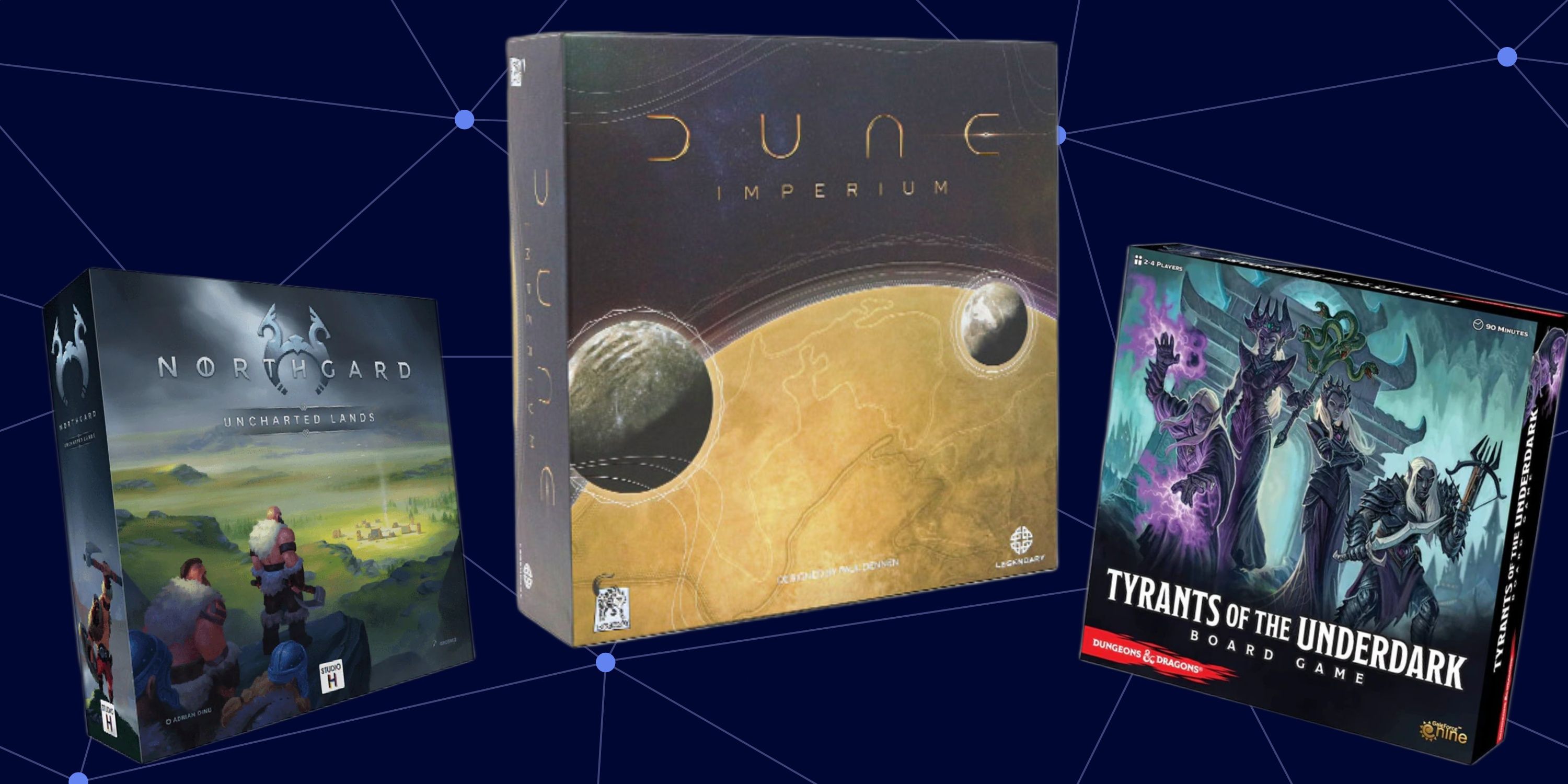
Related
10 Best Deck-Building Board Games For Strategy Fans
Fans of strategy games will love what these deck-building board games have to offer.
The genre continues to be a cornerstone of Euro gaming to this day, with designers employing new riffs on the tried and tested systems. Still, some earlier champions of worker placement remain firm fan favorites, with stalwart designers like Uwe Rosenberg still cashing significant royalty checks for games released around the same year as Caylus. For anyone looking to expand their board game collection and explore worker placement, these games are considered the best the genre has to offer.
10 Anachrony
Time Travel In A Post-Apocalyptic Future
- Player Count: 1-4
- Play Time: 30–120 minutes
- Designer(s): David Turczi, Richard Amann, Viktor Peter
- Publisher: Mindclash Games
Anachrony has one of the more engaging themes in worker placement games, and it manages to execute that theme well. Players are attempting to avoid another cataclysmic event by developing bunkers and new technologies. The time rifts allow players to borrow resources from themselves in the future, but they must also be able to pay them back when the time comes to avoid a paradox penalty.
Mechanically, the game features workers divided into specialties, with each performing best at certain locations. Actions on the main board also require the use of Exosuits, which are in short supply, meaning players have to plan accordingly to maximize their benefit whilst exploring the surface.
9 Caverna
Expanding Settlements Through Mining & Agriculture
- Player Count: 1-7
- Play Time: 30–210 minutes
- Designer(s): Uwe Rosenberg
- Publisher: Lookout Games
Uwe Rosenberg remains one of the premier names in worker and tile placement, refining his craft over the years after designing some of the most popular early genre staples. Caverna is a reimplementation of Agricola, again focusing on developing arable land to raise crops and livestock.
The worker placement area expands throughout the game, adding new spots to go to that will vary from game to game and based on player count, presenting a near overwhelming number of options. In truth, the game shows its age a little. A modern reworking would likely reduce the number of different resources and worker placement locations. But, there’s no shortage of fans who still love the freedom of possibilities and the wealth of replayability.
8 Kanban EV
Innovative Car Production
- Player Count: 1-4
- Play Time: 60–180 minutes
- Designer(s): Vital Lacerda
- Publisher: Eagle-Gryphon Games
Vital Lacerda is a divisive name in board gaming. He certainly has die-hard fans who will laud his games above all others, but he’s also a designer who scares a lot of players away due to the complexity and involved nature of his designs. Of his games, Kanban EV is considered the most acclaimed.
The game tasks players with running a car production line — with efficiency being the key to success. Despite being the most popular, Kanban EV is also one of the designers least welcoming to new players, although this second edition is at least an improvement in this regard over the original Kanban. The worker placement begins fairly standard, but like all Lacerda designs, the key to success is making the most of executive actions. Things like training will improve a worker’s output at a given location, adding variety as the game evolves throughout a playthrough.
7 Underwater Cities
Developing Cities On The Ocean Floor
- Player Count: 1-4
- Play Time: 80–150 minutes
- Designer(s): Vladimir Suchy
- Publisher: Delicious Games
Undewater Cities proved so popular upon its release that designer Vladimir Suchy was able to set up his own publisher, Delicious Games, which is frequently one of the most crowded booths at the Spiel Essen fair. Suchy has released a number of acclaimed Euro games under the brand, but none of those subsequent designs have been able to top the initial success.
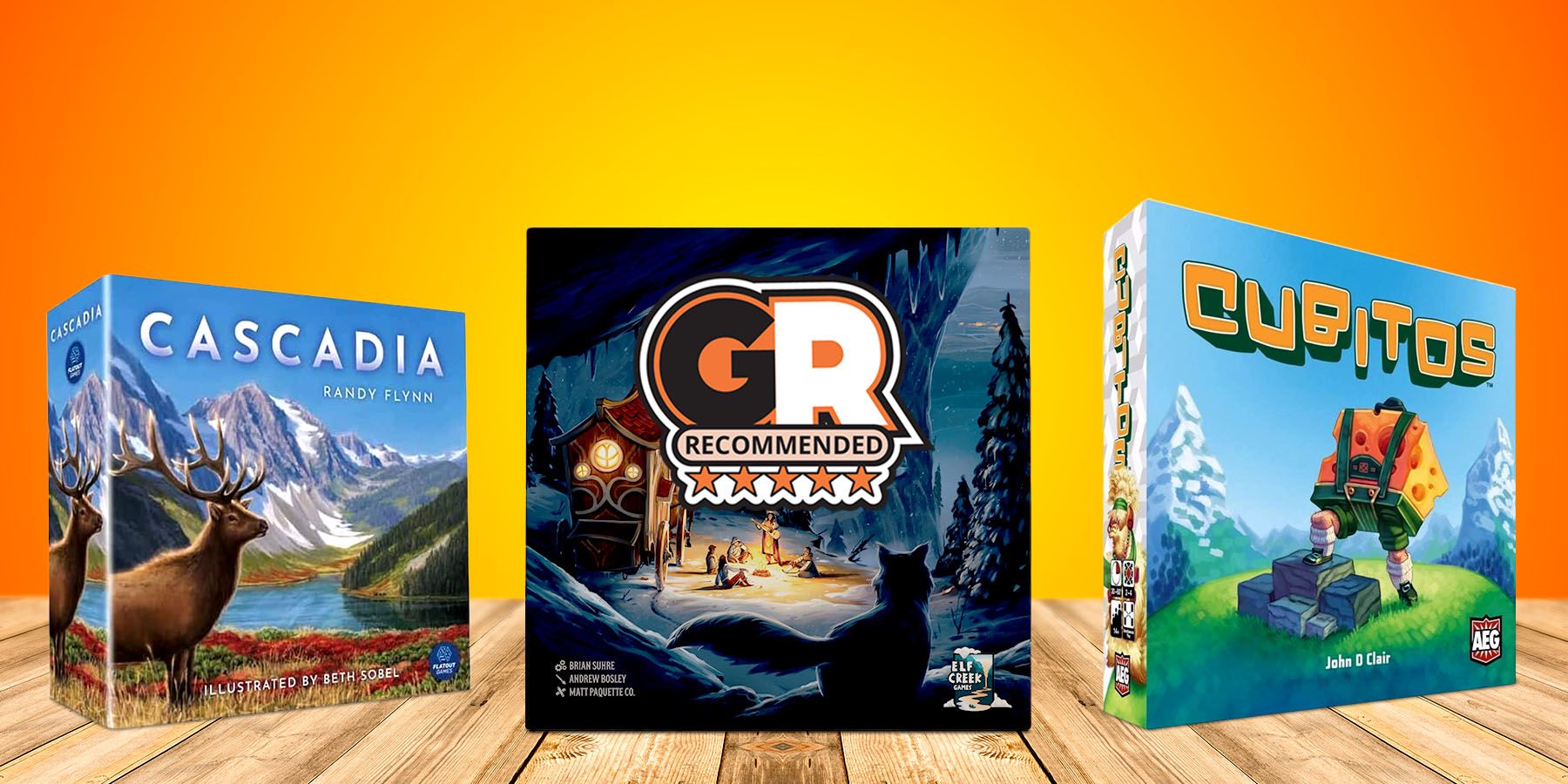
Related
13 Great Board Games To Play
Tabletop gaming has tons to offer, but these are the best board games of the year that everyone should play!
Underwater Cities combines worker placement with hand management, with players aiming to match a card from their hand to a color-coordinated spot on the board. Players are required to play a card regardless of when placing a worker, but if the colors match, they may take both the action on the board and the action on the card. It’s a dual-layered system that forces players to consider their best option at a given time as opposed to their best option overall.
6 Viticulture Essential Edition
Making Wine In Tuscany
Viticulture – Essential Edition
- Game Duration
- 45-90
- Brand
- Stonemaier
- Number of Players
- 1-6
- Designer
- Jamey Stegmaier and Alan Stone
Viticulture comes in at a much more reasonable playtime and complexity rating than any of the previous games mentioned on this list. Viticulture is the game that put Stonemaier Games on the map, setting them on the path to produce juggernauts like Scythe and Wingspan.
One of the common staples of worker placement is that each space can only be occupied by a limited number of players, (often one), at any given time. Viticulture features a popular workaround of using a ‘Grande Worker,’ a special worker type that can access a space when it’s full, adding another layer of strategic decision-making. Viticulture Essential Edition combines the previous editions of the game with the best elements from the expansions and a few new features, offering the best all-round experience of the game in one box.
5 Everdell
Building A City Of Woodland Critters
Everdell
- Game Duration
- 40-80 Minutes
- Brand
- Starling Games
- Number of Players
- 1-4
- Designer
- James A. Wilson
The most welcoming entry on this list, Everdell is a charming, definitive example of the worker placement genre accessible to all ability groups. The game has received a number of expansions due to its popularity, giving it the scope to expand out into a sprawling complex game, offering new depth for long-term players. In the base game, however, most spots simply offer resources required for building cards into a tableau that provides the central focus.
There are a few special placement spots that are dealt out each game offering some variety, but the real hook is that players are in control of their own cycles — as opposed to being bound to a built-in timer. Players have to take an action each turn, but maximizing that tableau allows maneuverability of when to place out and recall workers, which makes a big difference in the accessibility of those limited resources.
4 Barrage
Monopolizing Energy
- Player Count: 1-4
- Play Time: 60–120 minutes
- Designer(s): Simone Luciani, Tomasso Battista
- Publisher: Cranio Creations
Barrage sees players fighting to control the supply of hydroelectric dams in order to produce energy and score victory points. It’s technically set in a dystopian alternate history, but that’s predominantly flavor text. Where it does shine through in gameplay is how confrontational the game can be, so make sure to play with well-tempered friends.
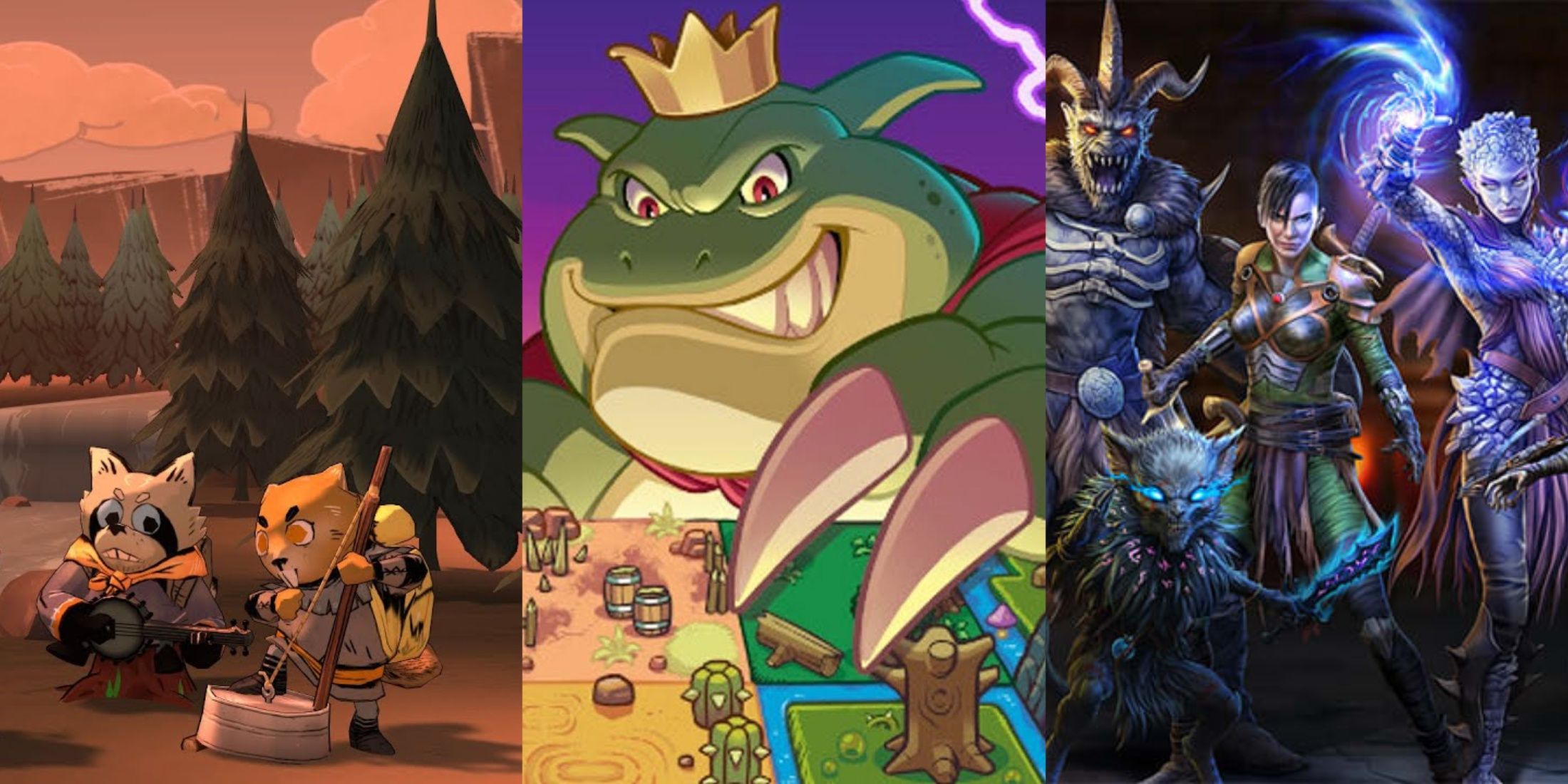
Related
10 Best Board Games On Nintendo Switch
If you want to get your board game fix while on the go, these board games on the Nintendo Switch should scratch the itch.
Barrage’s approach to worker placement is another popular one that sees players controlling a larger number of workers, in this case 12, and spaces requiring multiple workers to activate. It makes the workers as much of a self-replenishing resource as anything, with the bigger actions requiring a larger commitment of resources.
3 Lost Ruins Of Arnak
Explore The Ruins Of An Ancient Civilization
- Player Count: 1-4
- Play Time: 60–120 minutes
- Designer(s): Simone Luciani, Tomasso Battista
- Publisher: Cranio Creations
There was an explosion of fanfare at the innovation of combining two of the most popular genres of board gaming: worker placement and deck-building. Lost Ruins of Arnak was a key progenitor of that movement alongside another game (that just might show up later). Both are still commonly compared, but the two games take a distinct approach to implementing the mechanics side by side.
In Lost Ruins of Arnak, all the cards come with a symbol in the corner that matches the spots on the board. Players have to play those cards to visit those spots, and as they improve, their deck will also benefit from additional actions. As players explore the board, new spots will be discovered, opening up new worker placement actions that improve the deeper into the island a player ventures.
2 A Feast For Odin
A Viking Bounty
- Player Count: 1-4
- Play Time: 30–120 minutes
- Designer(s): Uwe Rosenberg
- Publisher: Feuerland Spiele
Uwe Rosenberg’s magnum opus laughs in the face of anyone who thought Caverna was too large. A Feast for Odin combines the two mechanics the designer is best known for and uses a couple of the worker placement methods of the games above.
Shining prominently is the sheer freedom of choice, with over 60 worker placement spots and the added caveat of the spots being ranked into columns. Better actions require more workers, creating an economy of actions where players can do a lot of little things or a couple of larger actions. Each round, players receive another worker, expanding their options but also increasing the amount of food the tribe needs to produce.
1 Dune: Imperium
Force Your Agenda On Arrakis
Dune: Imperium
- Game Duration
- 60-120 minutes
- Brand
- Dire Wolf
- Number of Players
- 1-4
- Designer
- Paul Dennen
Set in the Dune universe, Dune: Imperium beat out the sprawling cult classic from Gale Force Nine as the definitive tabletop experience for the property. Dune: Imperium was the other game to combine deck-building and worker placement, this time from the designer of the acclaimed deck-building series Clank!
The cards in a player’s deck provide actions and also determine what spaces a player can visit on the main board. With the traditional worker placement method deployed, spaces fill up quickly, meaning players need to synergize to avoid being blocked out of actions at crucial moments. Players are vying for political influence, committing troops into battle on their behalf, and, of course, attempting to control the spice, as they vie for control of the treacherous landscape.

More
10 Best Board Games On Nintendo Switch
If you want to get your board game fix while on the go, these board games on the Nintendo Switch should scratch the itch.
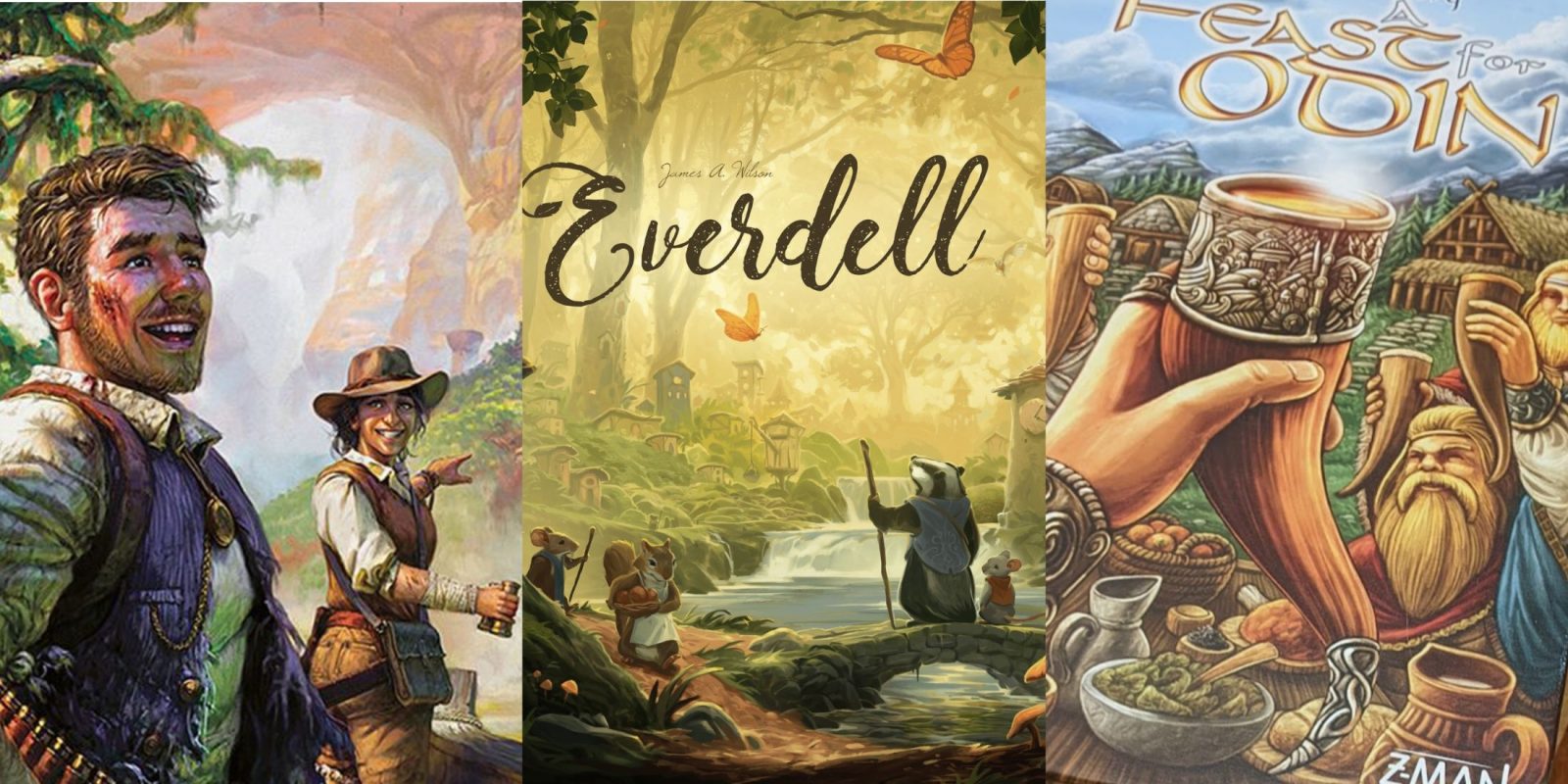

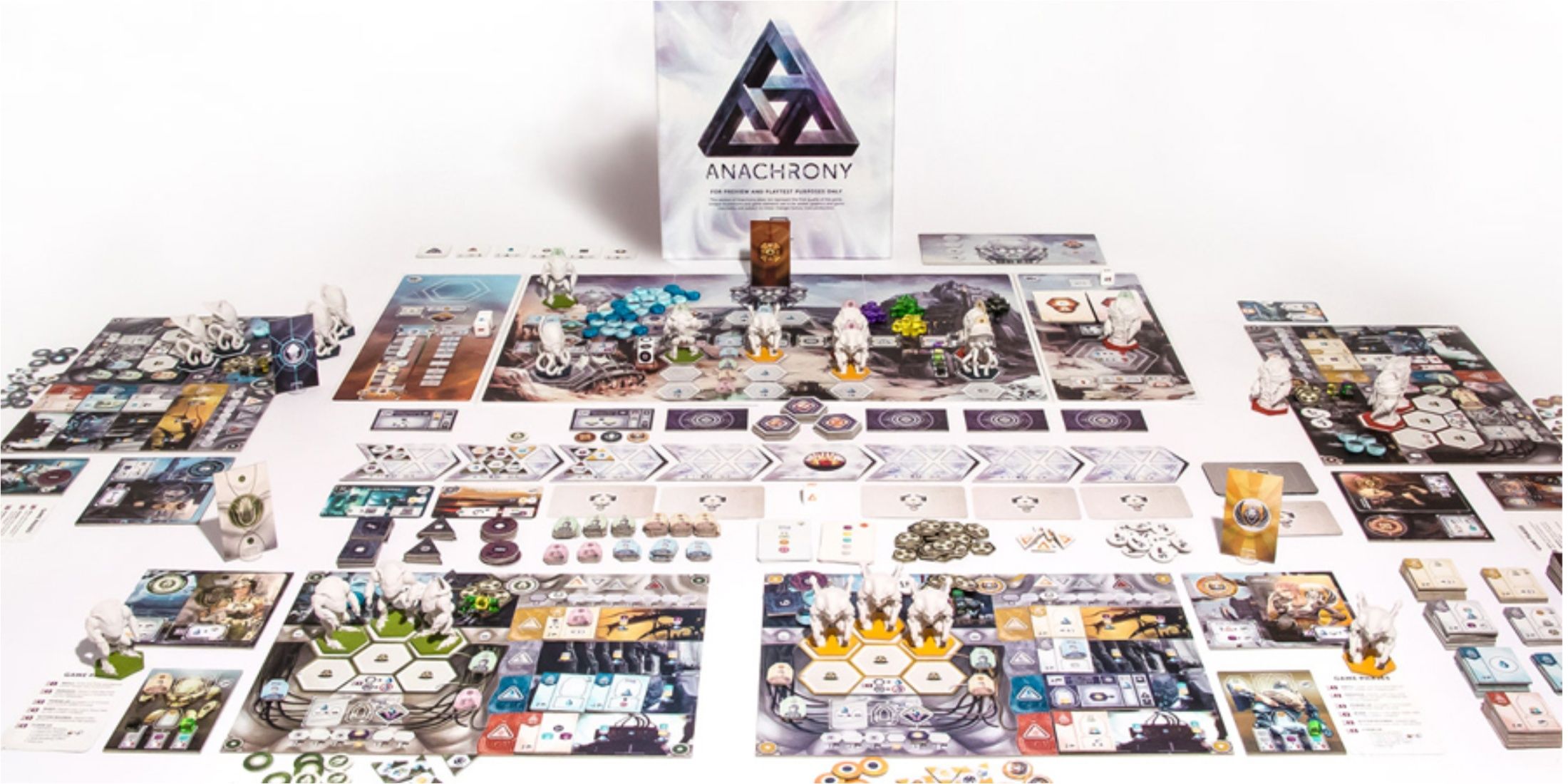
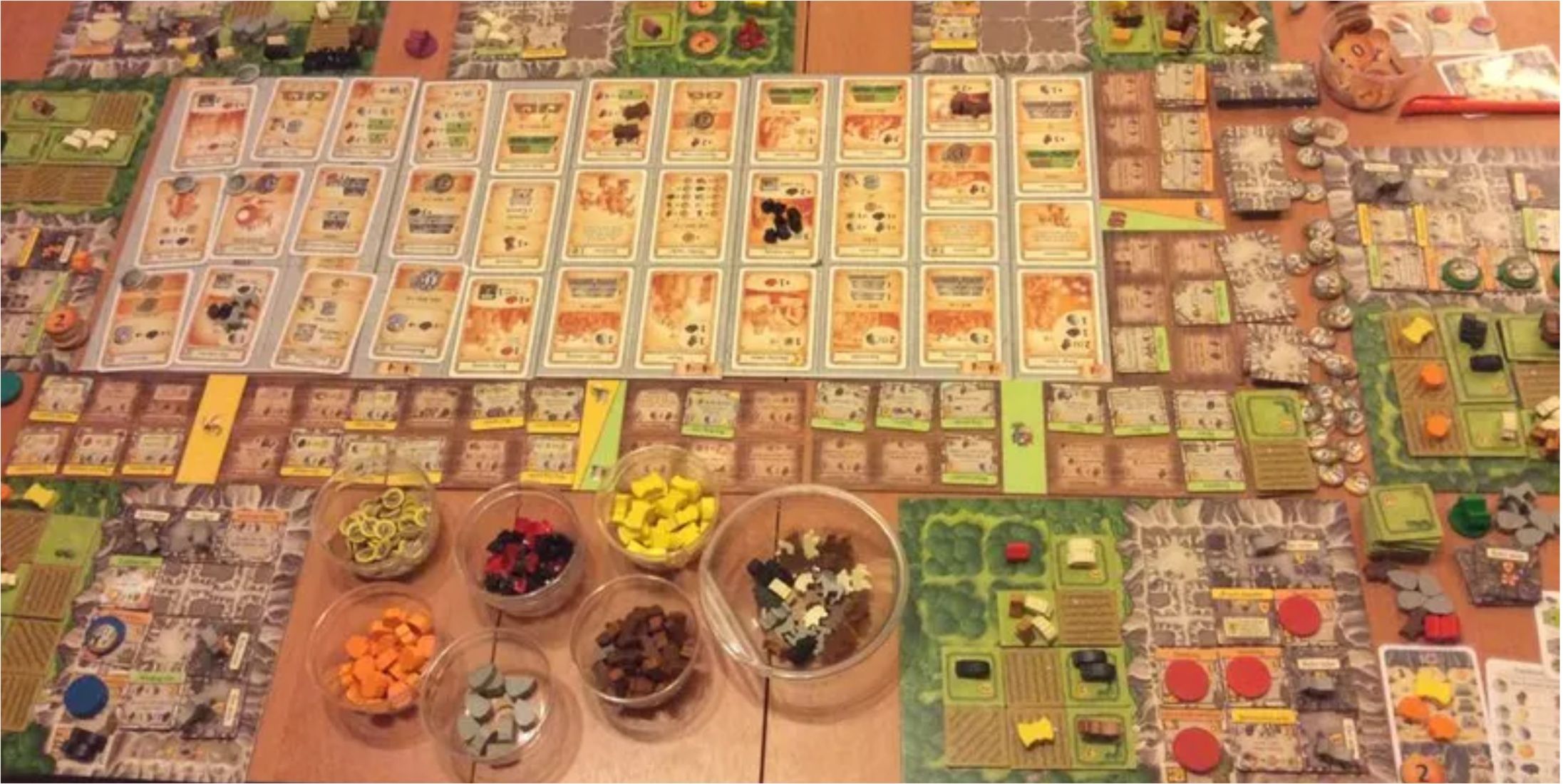
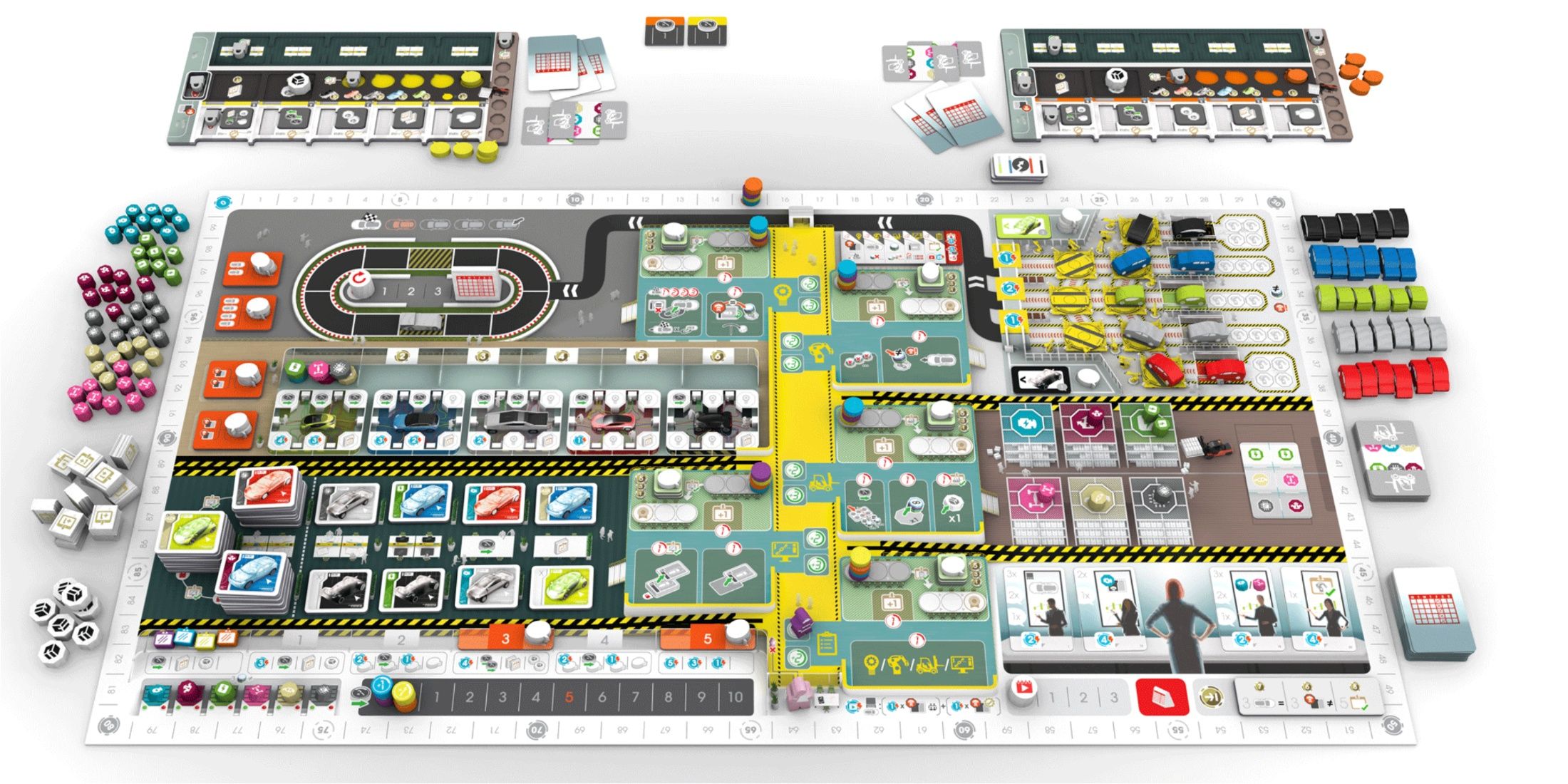
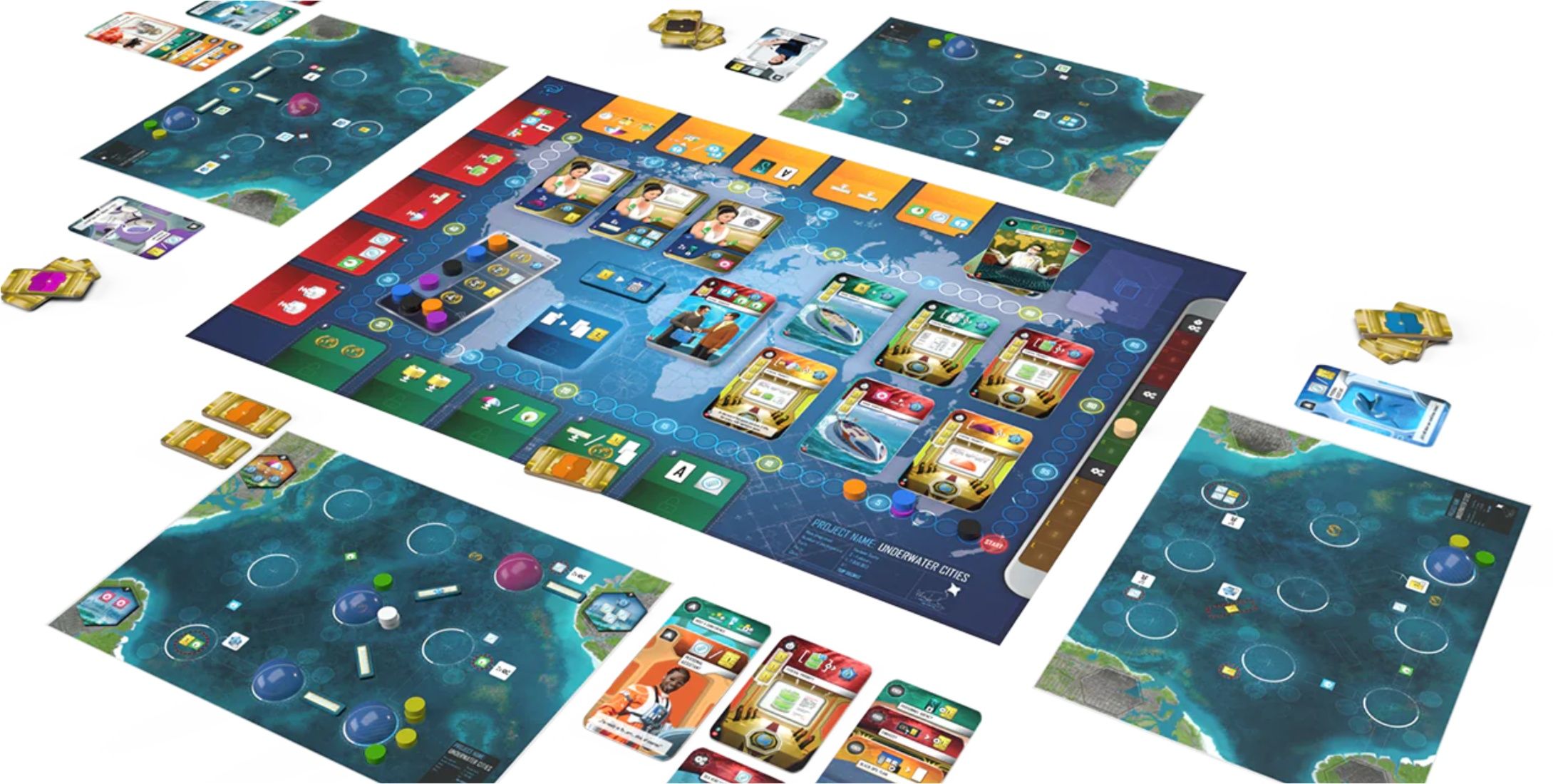
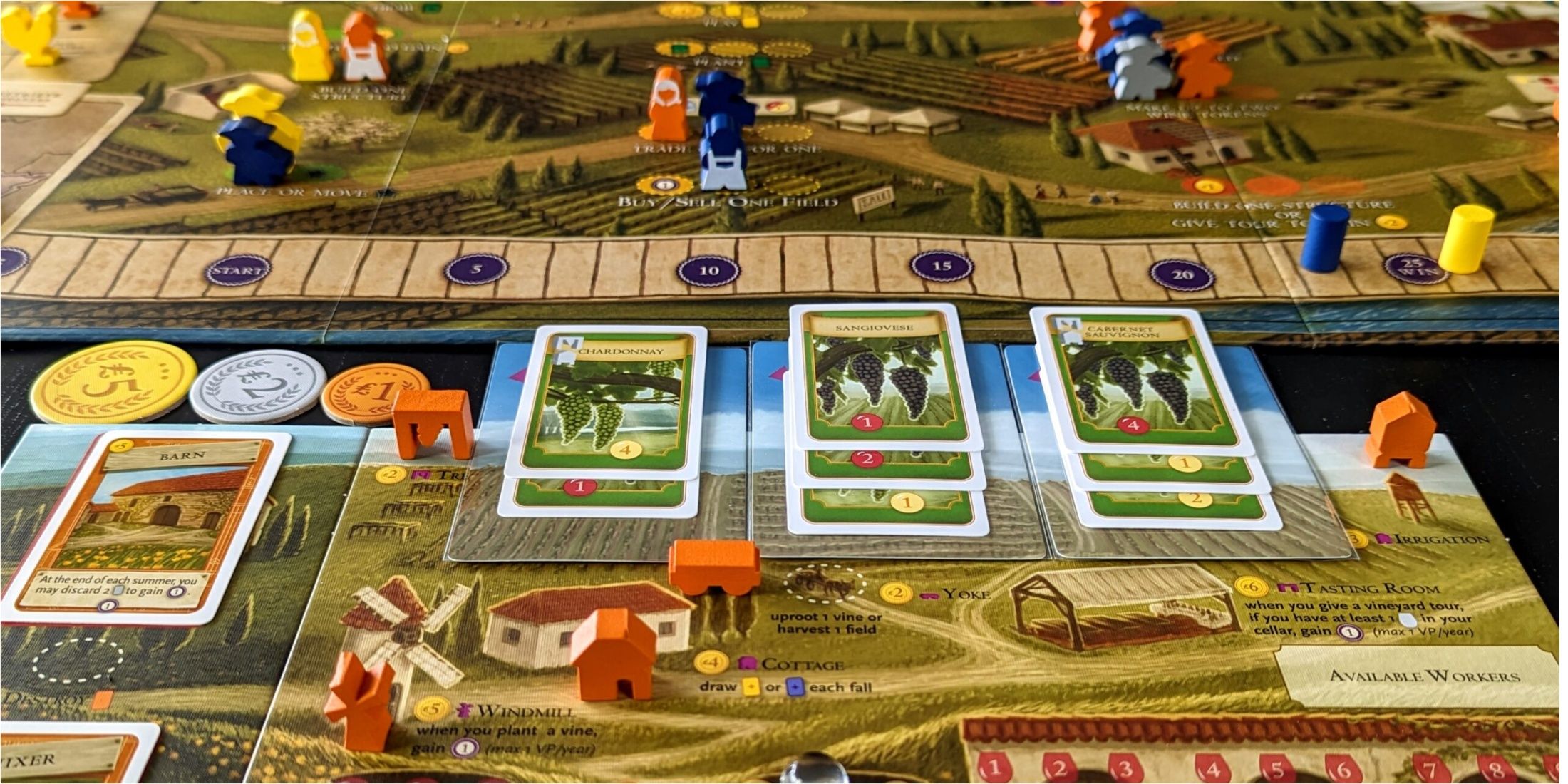

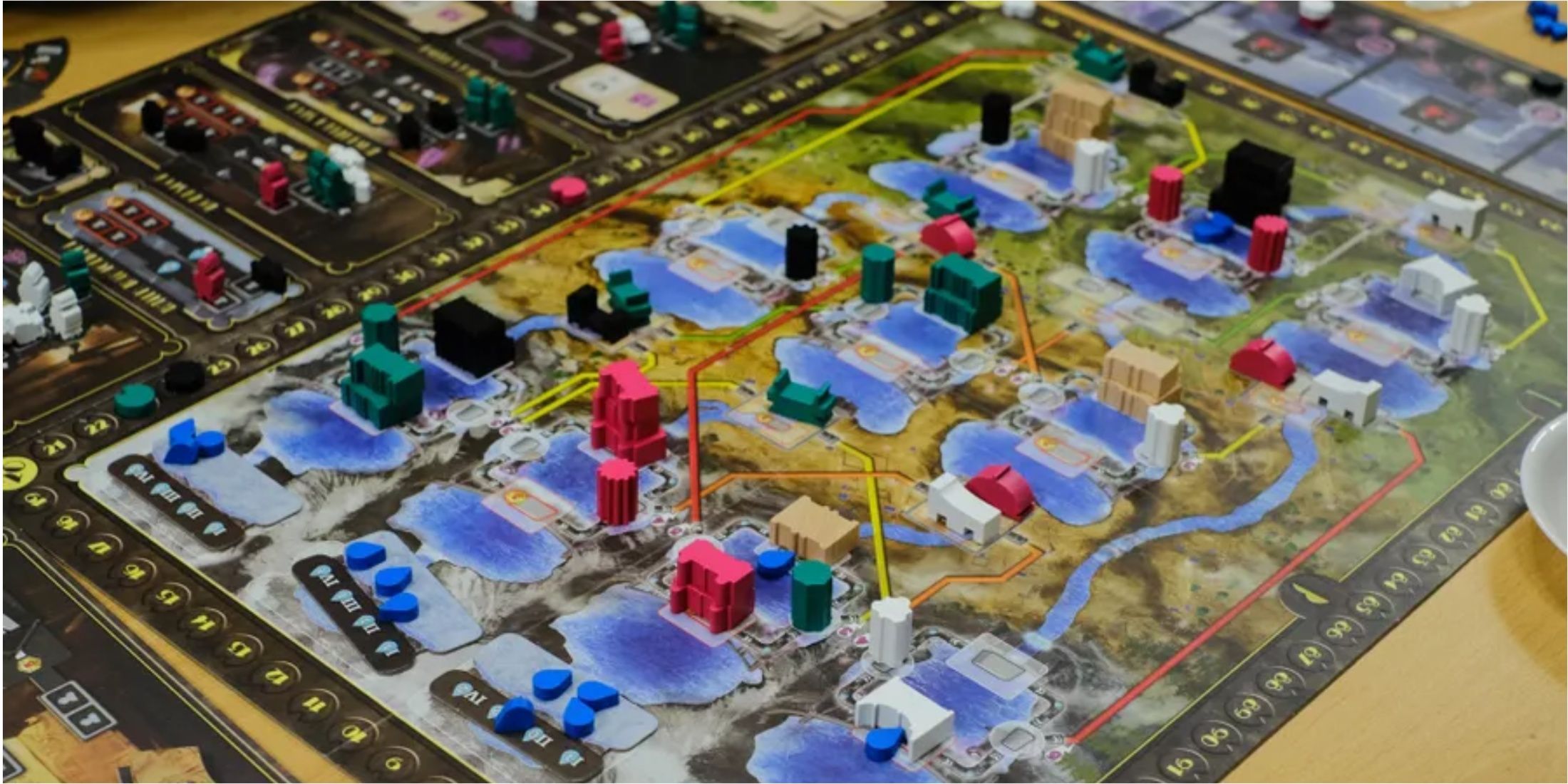

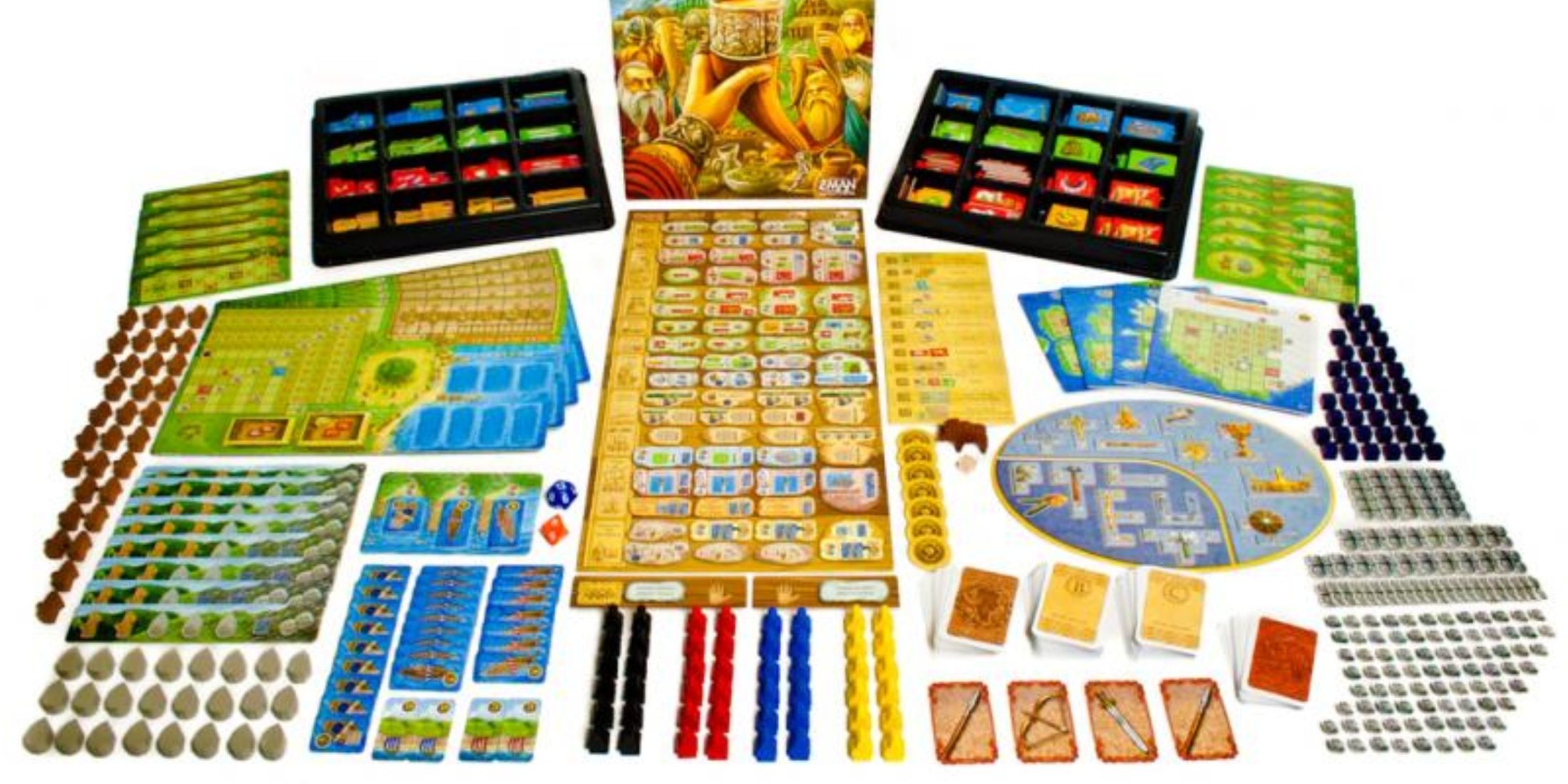
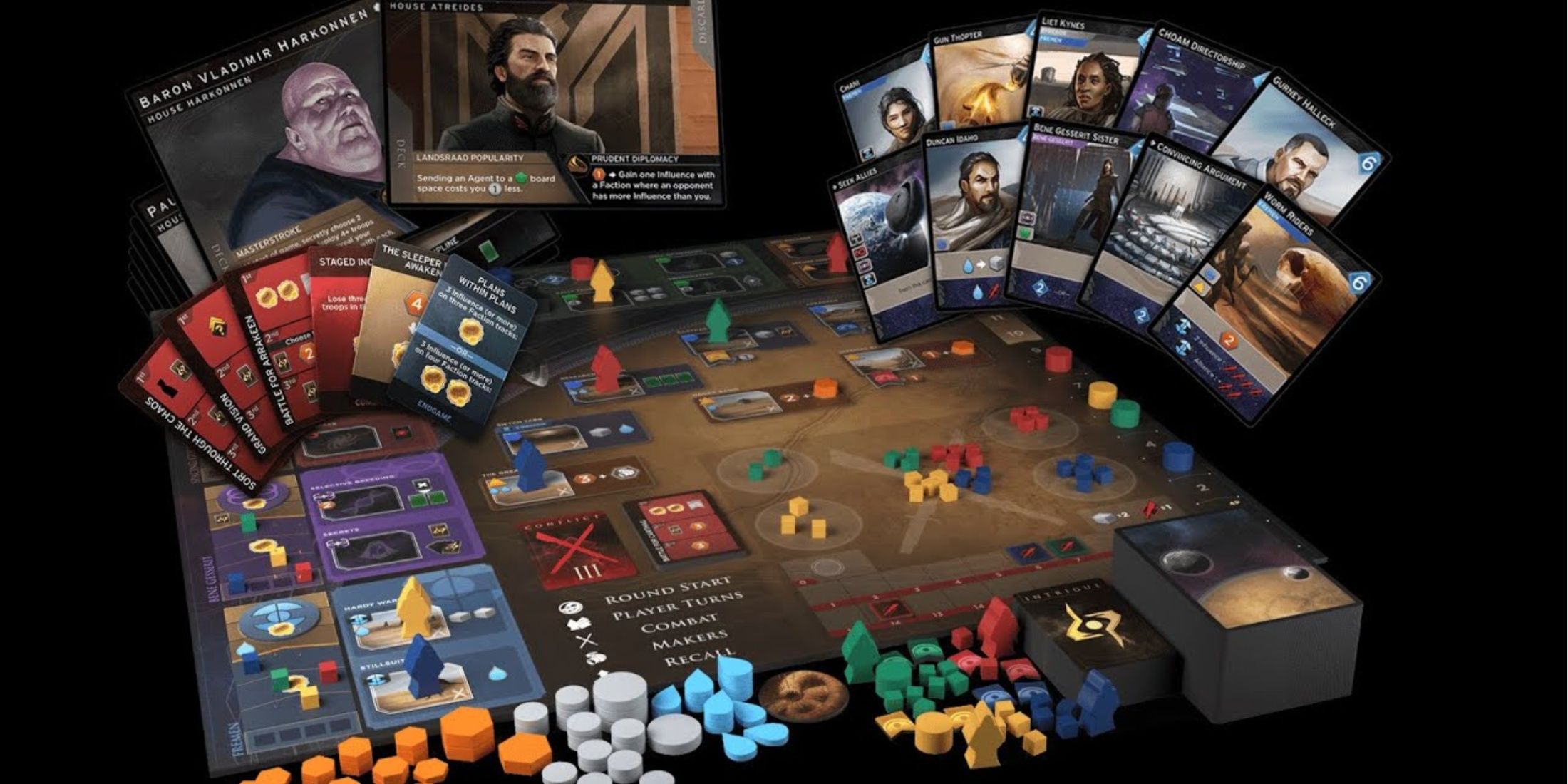





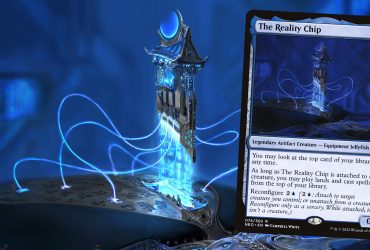



Leave a Reply